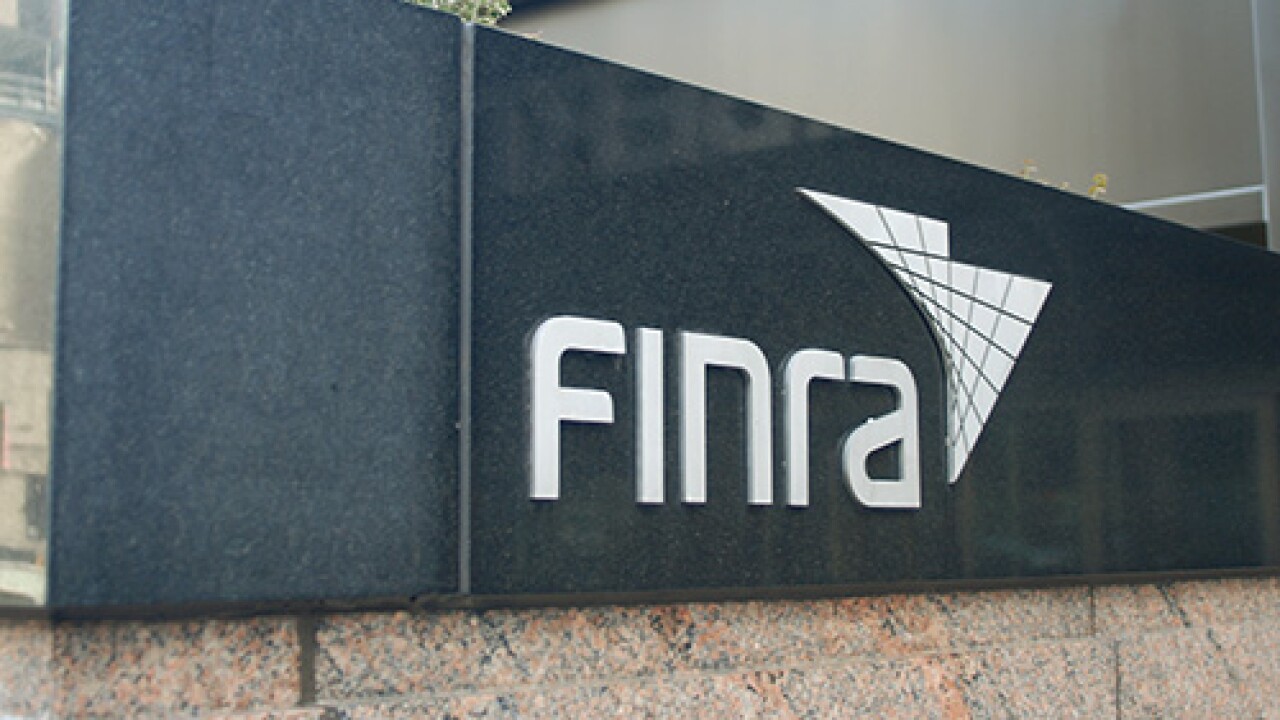
The New York City Transitional Finance Authority priced building aid revenue bonds for the first time since 2022 last week.
The bonds' relative rarity was compounded by their source of funds, the deal's size, and a credit rating slightly lower than New York state and city.
"We issue general obligation and TFA future tax-secured [bonds] with regularity," NYC Deputy Comptroller for Public Finance Jay Olson said. "To have a city-related credit that isn't that frequent, that does have some relative scarcity value, that generally accrues more interest from investors — and hopefully a lower borrowing cost for us."
The BARBs are backed by state appropriations, an unusual setup for a city credit, according to Howard Cure, director of municipal bond research at Evercore Wealth Management. The revenue comes from New York state's educational building aid.
"It's a state appropriation, in an area where the state has been consistently supportive," Cure said. "You can get … a little extra yield for not much more risk."
The TFA priced $1.4 billion of the bonds in three tranches. All three series are refunding and have maturities from 2026 or 2027 through 2043.
The first series was $842.4 million. It is a reoffering of BARBs issued by the TFA in 2015, according to the preliminary offering statement.
The second two series, $500 million and $19.5 million respectively, were forward-delivery bonds which will close on October 17. These series will refund a select portion of outstanding BARBs.
The savings from the refunding are mostly spread evenly from fiscal years 2026 through 2029, according
Final yields ranged from 2.31% to 4.60% for the first series, and from 2.38% to 4.65% for the second two series, according to the TFA.
The TFA received nearly $774 million of orders during Wednesday's retail order period and more than $1.7 billion of priority orders during the institutional order period, according to the release. That's a 1.8x oversubscription rate.
RBC Capital Markets was the book-running lead manager. BofA Securities, Jefferies, Ramirez, and Siebert Williams Shank were co-senior managers. There were 21 additional co-managers.
Public Resources Advisory Group and Frasca & Associates were co-financial advisors. Katten Muchin Rosenman and Hardwick Law Firm were co-counsels.

The deal turned out to be the biggest of the week it priced, after a $1.5 billion deal from the University of California was
The original bonds were issued to fund the capital plan for the city's public schools, and are repaid with New York State building aid subject to annual appropriation by the state legislature.
These are the city's only bonds supported solely by state appropriations, to Cure's knowledge. The unique source of revenue led to a unique rating.
The bonds were rated Aa2 by Moody's Ratings and AA by Fitch Ratings and S&P Global Ratings. Each of those ratings is one notch lower than New York state's GOs. The TFA's future tax subordinate bonds are rated Aa1 by Moody's and AAA by Fitch and S&P.
The Moody's rating report said its rating "reflects the state's strong commitment to provide building aid payments to New York City, which assigns the payments to the TFA, and the satisfactory debt service coverage forecast."
The city first issued BARBs in 2006, Cure said, when its ratings and bonding capacity were still recovering from the 9/11 terrorist attacks.
The state is constitutionally mandated to fund education aid, Cure noted. The appropriations are confirmed for the next 30 years, and the state has a track record of increasing building aid beyond the confirmed levels, Cure said.
State building aid has grown at a compounded annual rate of 4.8% for the last ten years, according to the presentation.
Under the bonds' indenture, the city sets aside 110% of debt service for each fiscal year in the year before.
"Once the BARBs debt service in the current and next fiscal year is fully retained, any remaining state building aid may flow to the city," according to an online investor presentation about the deal.
"The building aid the TFA receives exceeds by a fair bit what is necessary to fund debt service in the subsequent fiscal year," Olson said, "and what isn't necessary to fund debt service in the next fiscal year per the indenture is, by and large, being paid out to the city, which is taking it in as general revenue."
Last year, the TFA set aside $1 billion of building aid revenue for debt service and the city received $515.5 million.
The bonds also have an intercept provision; in the event of a default, the state comptroller will cure the default with New York City's state education aid.
The city has a cap of $9.4 billion for BARBs, according to the investor presentation, with $7.2 billion currently outstanding, which won't be increased by the reoffered bonds or the refunding bonds of last week's sale.
The scarcity of BARBs will likely persist, as Olson said the city has no further issuances of the bonds on its borrowing schedule.
The city isn't currently using the credit for new-money issuance. The timing of BARB deals, Olson said, "is really a function of when refunding opportunities arise."





